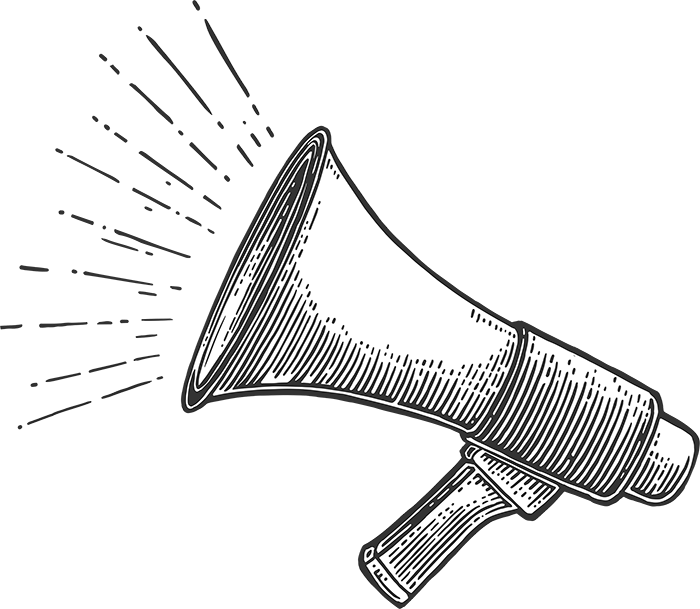Tim Ash: The Four Pillars of Building Instant Trust Online — Keynote SES San Francisco
 |
Good morning and welcome to the final day of SES San Francisco. We have another full day of coverage planned for you starting with the very excellent Tim Ash (@tim_ash) CEO, SiteTuners.com and all around smart guy.
Mike Grehan once again welcomes us to the show. Conversion Conference is going on today. You know, if you’re into that kind of thing.
Tim jumps up on stage with a cheerful “Good morning, everybody!” and then mocks the room for failing to respond enthusiastically. Hee.
The four pillars of building trust online: It’s not about technology.
The most important things you’ll learn about marketing have nothing to do with technology. Marco Polo brought silk back from China and everyone went, “Ooh cool.” Radio? “Ooh, cool.” We’re still the same. It’s not the technology.
 |
Trust is essential to the way we live. If you cross the street, you have to trust that the cars will obey the laws. We learn it as kids [He puts up a picture of his kids.]
It spreads out to our friends. We put a lot of trust in those people. In public, there’s trust that the guy you’re walking by won’t
News flash: We’re not designed to be in mobs.
Beyond 150 people, we need to be codified and institutionalized because we’re not built for larger than that. We don’t trust large crowds. At a football game, we don’t trust the other fans. What if they throw a beer can at the back of your head?
If you’re going to buy something, you have to trust.
Problem 1: You have to do it instantly. Literally 1/20th of a second to impress your visitor. Not seconds, less than a second. We know cheesy when we see it. And if you have a cheesy site, that carries over.
Problem 2: It has to be done anonymously. How much do you really know about your visitors? Nothing. Browser, location, that doesn’t really tell you anything. You don’t know them.
Problem 3: They don’t know you. Unless you have a brand standing behind you, you’re out of luck when it comes to instant trust. “World’s leading solution provider” has millions of results on Google. Do you really believe that? You might, but you’re not. Not in the minds of the people showing up.
The Four Pillars of Trust
 |
1. Appearance
Appearance is a stand in for fitness (in the you are fit to be trusted, not the physical kind). Production quality matters, standards are rising. Looking like you’re from 1990 doesn’t cut it.
http://rickjonespianos.com/ – Would you buy a piano from these people? No, of course not. Even if they’re the best piano sellers on the planet, they’re cheesy!
Ask yourself: Is this cheesy or not? Or, for a higher standard — is this clearly professional or not?
- http://www.newyorkbarbells.com/
- http://cabrilloyachts.com/
Would you buy from these people? They look unprofessional. Who would give them thousands of dollars?
Don’t get disqualified based solely on how you look!
- Professionalism of design
- Sparseness and neatness — zen-like stillness, everywhere. Text on the page, organization, thought process.
- Organization and clarity
 |
2. Transactional Assurances
70% of people abandon their shopping carts and the biggest reason they give is lack of trust. Will you deliver on your promise? Will you spam them? Will you honor your return policy?
You have to give them a little extra assurance of trust at the point of sale. Don’t bury your trust symbols at the bottom of the page below the fold where no one can see them. Do a scroll study and see who will ever see those trust symbols. They might as well be invisible.
PetSmart put the HackerSafe logo right up in the left hand corner where the company logo would normally go. It’s the first thing people look at. It’s automatically reassuring.
Relieve point of action anxieties before they arise:
- Forms of payment and delivery: how do I pay for this? I don’t want to get to the shopping cart and find out that I can’t buy something because you don’t take my card.
- Data security and privacy
- Policies and guaranteesL you can return this! You can always go back and change this.
If it’s really important, make a seal out of it. People read 400-500 times slower than people process visually.
 |
3. Authority
Do you trust these people? (Someone says no, they don’t trust doctors.) They aren’t doctors! They’re models! It’s a stock photo?
How about these people?

They have weight, and authority. They’re wearing black smocks with the trappings of authority.
Authority is powerful so how do you transfer authority?

RealAge is using these brand names to lend itself credibility. This version of the page with the authority symbols converted 40% better than the landing page without them.
Credibility isn’t an issue when you see that all these big names already trust the page. Borrow authority. It works. Make the credibility big and noticeable. Be proud of them. It’s your “butterfly collection”. Pretty things under glass.
Put your marquee clients out there. The left column works really well for this. Do testing to make sure you’re not doing too much but make sure that you’re putting it before your call to action. Don’t bury it down at the bottom.
Borrow trust from better-known brands:
- reviews and awards
- marquee clients
- media mentions
- trade associations
Don’t go overboard but make it visible.
 |
4. Consensus of Peers
Do these people care what you think? Do you have teenagers? Do they care what you think?
We don’t care what authority thinks. We care what our peers think. Peer pressure works.

Look at how many people have downloaded it! Should I? Well, 543 million others have and they’ve had a good outcome so…
Since the dawn of time, how many clients, downloads, subscribers have you had? Put them up, do them as numbers. Don’t say: “we have thousands.” Say: “we have 7556 happy clients”. Make it specific. Tell them they can click on it and see testimonials.
Support automatic compliance by demonstrating “social proof”:
- Objective large numbers
- Likeness
Don’t just do “deck chairs on the titanic” landing page tests, headlines and button colors. Make big, important changes and see if you can get magnitudes of increase in conversion.
Facebook will let you hook your website up to their information. Put it on the page and if someone agrees, you’ll get all their information. Then you can personalize for them.
Take off the rose-colored glasses. The examples above are extreme, but we have a room full of extreme examples here. Your baby is ugly! Say it. “My baby is ugly!” The good news is that you can make your baby more beautiful.
Next week, go, make your baby more beautiful. Promise me. He makes the audience raise their hands and promise. Hee.
Q&A
With the consensus of peers, if you’re a smaller start-up, how do you work to gain marquee clients and numbers of peers?
10 marquee clients, hundreds of clients. Use the most granular number that you can.
Using Facebook integration: is there an age limit?
Some people are more open, it’s not age limited, it’s privacy limited. Yes, some people are more privacy oriented but some of them will. Do you sign up for loyalty programs at the grocery store? That’s giving them information too.
Does site speed matter for conversion?
Yes, absolutely. 0.4 seconds will drop your conversion 10%. It matters A LOT. It’s an argument against using Flash.
[Mike thinks the page load speed thing from Google is BS. Tim argues that it’s end-to-end user happiness.]
Why do you think Flash is not good?
It doesn’t support the user conversion action. You should only use advanced technology when it’s going to be more effective. It’s distracting. Motion will draw the eye. If your call to action isn’t that motion, you’re just hurting your conversion. Also, page load time.
The standard for any element on your page: Does it enhance the conversion? If it doesn’t, take it off the page. You’re not there to think outside the box, you’re there to think inside the box. And that box is the bank vault at your local bank. Do what makes you money.
How do you balance SEO against conversion?
It’s mostly links now anyway plus you can serve two masters.

LEAVE A REPLY









